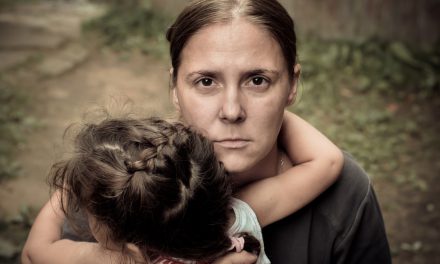By Tempest Wright
When the HIV/AIDS epidemic began in the 1980s, there was little hope for treatment or strong prognosis of the virus. Now, 40 years later, people with HIV can live long, full, healthy lives. This outcome, however, is based largely on where the patient lives and if they have access to life-saving medications and specialized health care.
Since HIV/AIDS cases first surfaced in major cities, efforts to eradicate the disease concentrated in urban areas. However, the risk of HIV has grown to be as prevalent in rural communities as it is in an American metropolis. Even with the increase in cases in rural areas, there are several barriers that affect access to HIV prevention and treatment.
The first barrier is the stigma associated with AIDS. Many people decline prevention and testing services due to the fear of social stigma and judgment. Second, in the tight-knit nature of rural communities, health care providers often know patients and their families outside of the office setting, which can affect privacy. Third, rural areas often lack the specialized services required to assist people living with HIV.
Lack of access to other basic necessities—known as social determinants of health—can also be detrimental for rural patients with the disease.
What Are Social Determinants of Health?
Social determinants of health (SDOH) are identified by the Centers for Disease Control and Prevention (CDC) as income, education, healthcare, transportation, clean environment, and community. SDOH affect quality of life. People who live in rural communities often lack the SDOH needed to live a healthy life. This directly correlates to the spread of infectious diseases such as HIV.
As is true for their urban counterparts, rural citizens who live with HIV face a multitude of health issues, including the development of co-occurring chronic diseases, joint and muscle pain, mental health disorders, substance abuse disorders, and oral health complications. To complicate matters, communities throughout rural America face hospital closures accompanied by poor educational infrastructure, unemployment, lack of transportation, and little access to nutritious food. Additionally, 7.8 million rural Americans are uninsured.
Opioid Addiction Fuels HIV/AIDS Epidemic
The HIV/AIDS epidemic has been inextricably linked to drug addiction. According to the CDC, intravenous drug use was attributed to over 38,000 HIV-positive cases in 2017, with rural areas being disproportionately affected. Opioid misuse in rural America poses unique challenges due to the lack of health care and available resources in these areas.
Addicted individuals can spread the disease. Infection results when sharing needles for drug use like heroin and performing other high-risk behaviors while under the influence, such as having unprotected sexual acts with HIV-positive partners. Or they can spread the infection if they are HIV positive themselves.
Additionally, impoverished people with substance abuse disorder might engage in high-risk sex acts in exchange for drugs or money. Finally, those suffering from substance abuse are less likely to maintain their medication regimen and follow-up appointments if they are being treated for HIV.
Treatment centers, needle exchange programs, and qualified health professionals can help slow the epidemic, but they are usually unavailable in rural communities. Without these health and education resources, the disparities predicate less favorable outcomes than for those in urban areas with the same health concerns. As a result, more illness and death can occur in these vulnerable communities.
Options for Rural America
A general improvement in quality of life for rural residents is the foundation of disease control and prevention. When people have solid education, affordable health care, stable employment, safe housing, and nutritious food to eat, they are less likely to spiral into opioid abuse. Their mental health outcomes look brighter.
To combat HIV/AIDS infections in rural America, the keys are awareness, prevention and dismantling social stigma. This can be accomplished by providing:
- Affordable access to pre-exposure prophylaxis (PrEP), a medication that reduces a person’s chances of contracting HIV when taken regularly.
- Free sterile needles for drug users.
- Accessible testing that is confidential and void of provider prejudice.
- Stable broadband connection and telemedicine, which benefits rural residents, including patients living with HIV. They can be treated by specialists based in urban areas and receive life-saving care that would otherwise be unavailable due to their geographic location.
Health care is a national issue, but rural communities need health reform to provide treatment for HIV/AIDS patients. No location—rural or metropolitan—should be left unserved.








